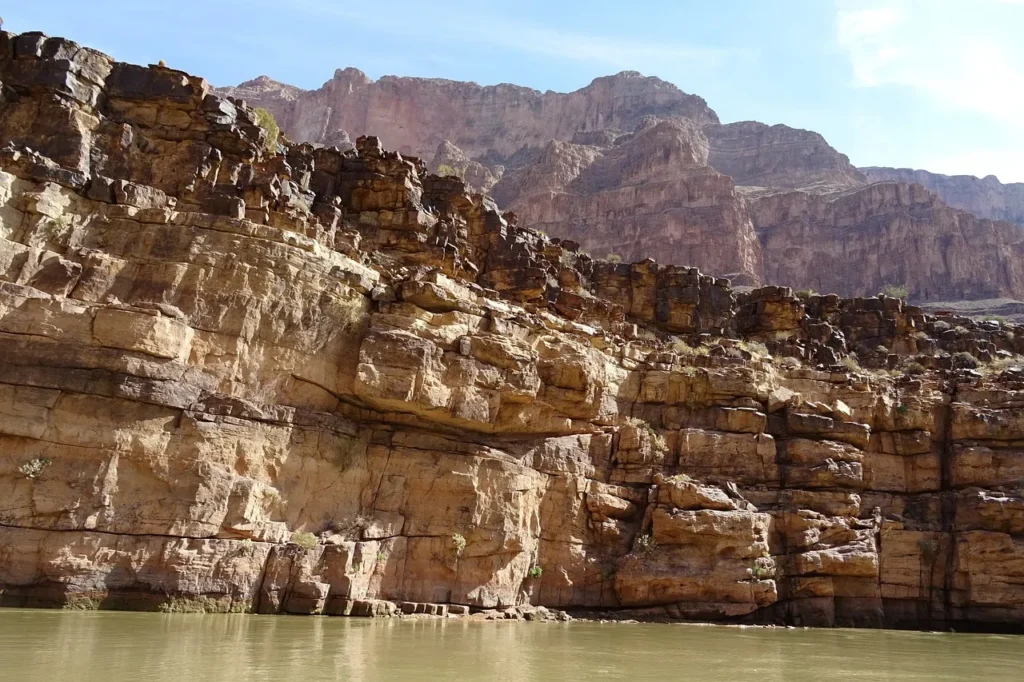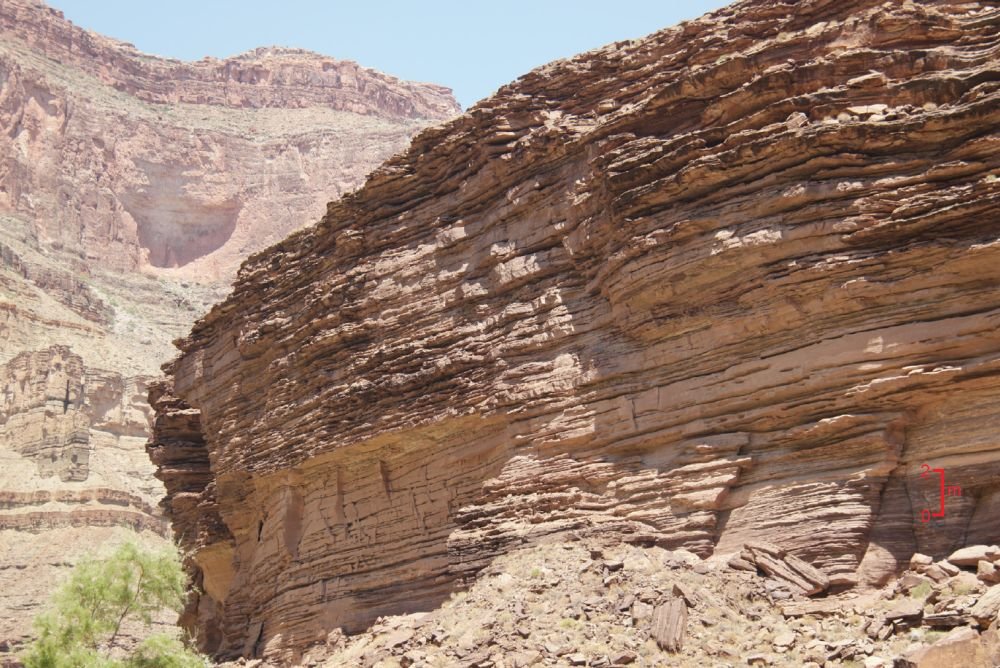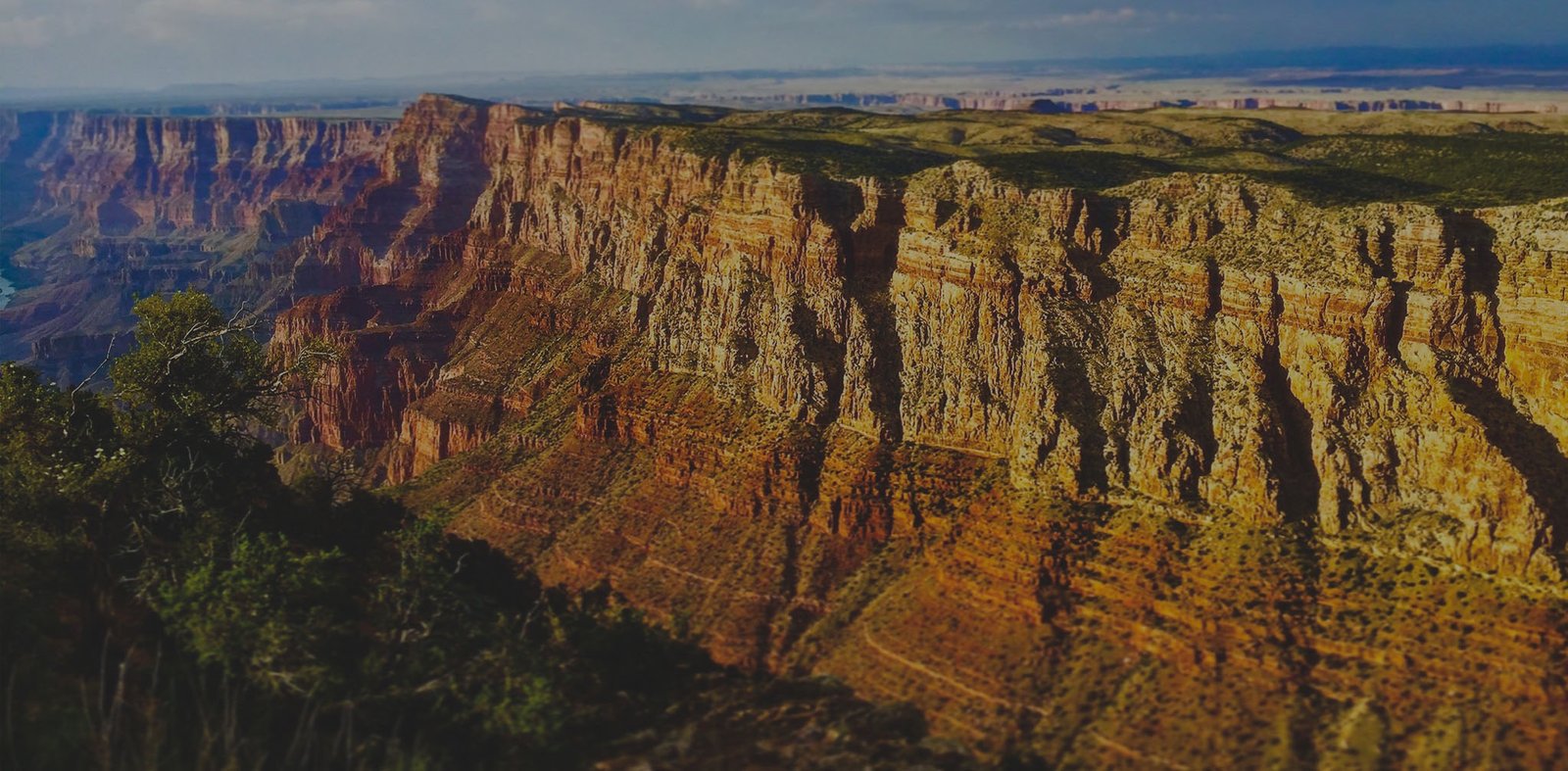The Grand Canyon: A Monument to the Genesis Flood?
The Grand Canyon, one of the most awe-inspiring natural wonders on Earth, has long been a site of scientific exploration and fascination. With its majestic layers of rock stretching back millions of years, the canyon holds an invaluable record of Earth’s geological history. But for some, these layers tell a different story—one that aligns with the biblical account of the Genesis Flood. Proponents of this view suggest that the Grand Canyon’s rock layers are evidence of a global, catastrophic flood that reshaped the planet in a way that traditional geology may not fully explain.
Evidence from the Rock Layers
Geologists from around the world have descended upon the Grand Canyon to study its striking geological formations. What they have uncovered is a sequence of rock layers that could tell a story far beyond the conventional models of gradual sedimentation. Here are some of the key features that have led some to suggest that the Grand Canyon’s geology could support the idea of the Genesis Flood:
- Marine Fossils on Every Layer
One of the most intriguing discoveries within the Grand Canyon is the abundance of marine fossils found in nearly every layer of rock. Fossils of sea creatures like corals, clams, and other marine life are embedded in the horizontal layers of sediment. This is not isolated to the Grand Canyon alone—marine fossils have been found on every continent, which raises questions about how they ended up in such diverse locations. According to proponents of the Genesis Flood, these fossils could be a direct result of the catastrophic flooding that submerged large parts of the Earth during the flood, depositing marine life in layers across the land.

- The Coconino Sandstone: A Global Signature
Another striking feature in the Grand Canyon is the Coconino Sandstone, often referred to as the “bathtub ring” in other regions across the United States, such as Cedar Hills Sandstone, Duncan Sandstone, and Glorietta Sandstone. This layer of sandstone extends across vast parts of North America, covering states from California to Montana, and even across the Midwest to New England. For many creationists, the vast spread of this formation is seen as evidence of a massive flood that swept across the continent, laying down thick, uniform layers of sand.The widespread distribution of sandstone layers suggests a significant and sudden event that spread these materials over large areas, rather than the slow, gradual buildup of sediments over millions of years. - The Tapeats Sandstone: A Unifying Formation
Beneath the Grand Canyon’s surface lies the Tapeats Sandstone, one of the canyon’s lowest layers. This sandstone formation is remarkable in that it extends across North America, from California in the west, northward to Montana, and as far east as New England. This vast, continuous layer is strikingly similar to a formation found in southern Israel, known as the Nabatean Sandstone of Petra. For those who support the Genesis Flood theory, this continuity of the Tapeats Sandstone across such a large region is evidence of a unified, catastrophic event like a global flood, rather than slow, localized geological processes.

- The Redwall Limestone: A Tale of Destruction and Renewal
Another prominent feature in the Grand Canyon is the Redwall Limestone, which lies above the Tapeats Sandstone. This limestone is unusual in that it appears grey in its natural state but has been stained red by the iron oxide present in the layer above it. The Redwall Limestone can be found in other parts of North America, England, and even in the Himalayas. Its widespread occurrence hints at the possibility of a major event that affected not just the Grand Canyon region, but many parts of the world. The red coloration, often linked to mineral changes due to extreme pressure and flooding, might suggest a violent, catastrophic event—such as the Genesis Flood—that led to the burial and fossilization of marine creatures and the deposition of sediment layers.
The Genesis Flood: A Biblical Perspective
According to the Genesis account in the Bible, a great flood once covered the Earth, wiping out all life except for Noah and his family, who were saved aboard an ark. This flood, often described as a worldwide deluge, is said to have lasted for months, during which tsunamis and massive waves would have reshaped the landscape. For those who believe in the literal interpretation of the Bible, the evidence in the Grand Canyon’s rock layers—marine fossils, widespread sandstone, and limestone formations—can be seen as corroborating the account of a worldwide, catastrophic flood that left behind clear geological markers.
Conclusion: A Monument to the Flood?
The Grand Canyon is a geological wonder that continues to fascinate scientists, historians, and theologians alike. While mainstream geology attributes the canyon’s rock layers to millions of years of gradual sedimentation and erosion, there are others who believe these layers tell the story of a global flood, as described in the Genesis narrative. The presence of marine fossils, widespread sandstone formations, and massive limestone deposits all contribute to the argument that the Grand Canyon could, in fact, be a monument to the Genesis Flood—a catastrophic event that altered the Earth’s surface and left behind the rich layers we see today.
Whether one subscribes to a young Earth creationist perspective or a conventional geological understanding, the Grand Canyon’s layers undoubtedly hold a wealth of information about Earth’s past. It is a place where science, history, and faith intersect, sparking ongoing debates and further discoveries that continue to captivate the imagination of all who visit.
The Grand Canyon’s geological features offer a fascinating glimpse into Earth’s ancient history, with some interpreting its layers as evidence of the Genesis Flood. Whatever the perspective, the canyon remains one of the most extraordinary natural landmarks on the planet.
